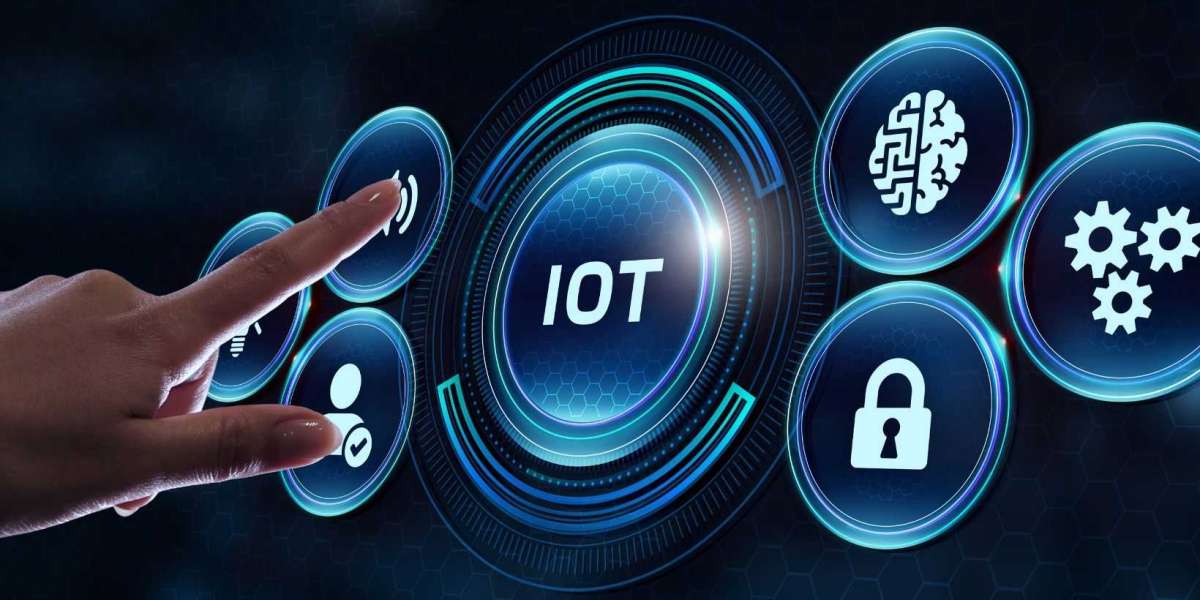In this blog post, we will discuss what mobile IoT apps are, the different types of IoT apps, and some of the benefits they offer. We'll also provide some tips and advice on how to get started with developing and deploying mobile IoT apps. So read on to learn all you need to know about mobile IoT apps!
What are Mobile IoT apps?
Mobile IoT apps are applications that connect physical devices to the Internet of Things (IoT). These apps allow for the integration of everyday items like home appliances, security systems, and vehicles with the internet. With these apps, users can monitor and control their connected devices remotely from their smartphones or other mobile devices. Mobile IoT apps can be used to monitor the environment, collect data, and even send notifications. Additionally, they are a great way to automate your home or office and provide security.
Mobile IoT apps are created using the same programming language as traditional mobile applications, such as Java and Swift. However, they require additional libraries and frameworks to access data from the physical world. This includes components like Bluetooth, Zigbee, GSM, and Wi-Fi. The end product is a hybrid application that is both a mobile app and an IoT application.
With Mobile IoT apps, users can keep track of their devices in real time, receive notifications on their mobile devices when a certain condition is met (such as a door opening), and control their device’s settings remotely. Furthermore, some Mobile IoT apps allow users to integrate different types of devices, allowing them to create an entire network of interconnected items. This has a wide range of applications such as smart homes, smart offices, and industrial automation.
How do they work?
Mobile IoT apps are apps that connect mobile devices to the Internet of Things (IoT). These apps use wireless communication protocols such as Wi-Fi, Bluetooth, and NFC to enable connectivity between mobile devices and IoT devices.
In order for the connection to be established, both the mobile device and the IoT device must have an active internet connection and support the same communication protocol. Once the connection is established, data can be exchanged between the two devices. This data can be used to control IoT devices remotely, receive notifications from them, or access their data.
Mobile IoT apps typically use APIs and libraries that provide support for communication with different types of IoT devices. These APIs and libraries allow developers to easily create applications that can connect to a variety of different types of IoT devices. The data received by the app can be used to display information to the user, trigger events based on certain conditions, or even automate certain tasks.
What are some benefits of using them?
- Increased Efficiency: Mobile IoT apps allow businesses to automate operations, which can increase efficiency and productivity. This can help to reduce costs and improve customer satisfaction.
- Improved Security: Mobile IoT apps use encryption technologies to secure data and communications between devices. This helps to ensure that sensitive information is protected from malicious attacks.
- Greater Accessibility: Mobile IoT apps make it easier for users to access data and services on the go. This can help to improve customer service and provide real-time insights into business operations.
- Reduced Costs: Mobile IoT apps can reduce operational costs by streamlining processes and automating tasks. This can save businesses time and money in the long run.
- Enhanced Scalability: Mobile IoT apps allow businesses to scale up their operations quickly and easily. This makes it easier to grow and expand a business, while still maintaining control over processes and data.
How can I get started with developing my own Mobile IoT app?
If you are looking to develop your own Mobile IoT app, there are a few things you will need to consider. Firstly, you need to understand the platform that you will be using to build the application. There are several platforms available to choose from, such as iOS and Android, but it is also possible to develop more open-source solutions.
Once you have decided on the platform, you can begin developing your application. The best approach to take is to break down the app into separate modules or features and then start working on each one in isolation. If you want to use .NET Core for IoT, you can use the .NET Core SDK which provides libraries and tools to simplify the development of your application. You can also use Visual Studio Code as an IDE for editing and debugging your code.
Next, you will need to design your user interface (UI). This is what the user will see when they first open the app and should be designed with usability in mind. For example, if your app is used to control a connected device, the UI should make it easy for the user to access the functions they need.
Finally, you will need to set up the environment for testing and deploying your application. This could involve setting up servers and databases or using cloud services such as AWS or Azure. Once everything is set up, you can deploy the application and start testing it on the selected devices.
Developing a Mobile IoT app can seem daunting at first, but by following the steps outlined above, you can get started quickly and efficiently. With the right tools and a bit of effort, you can create a powerful and functional application for connecting devices and sharing data between them.



